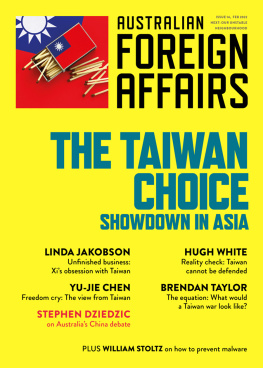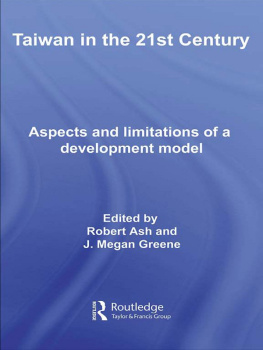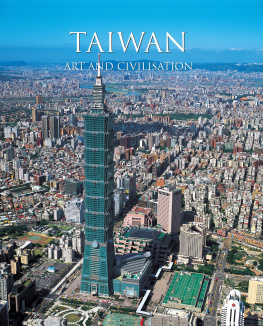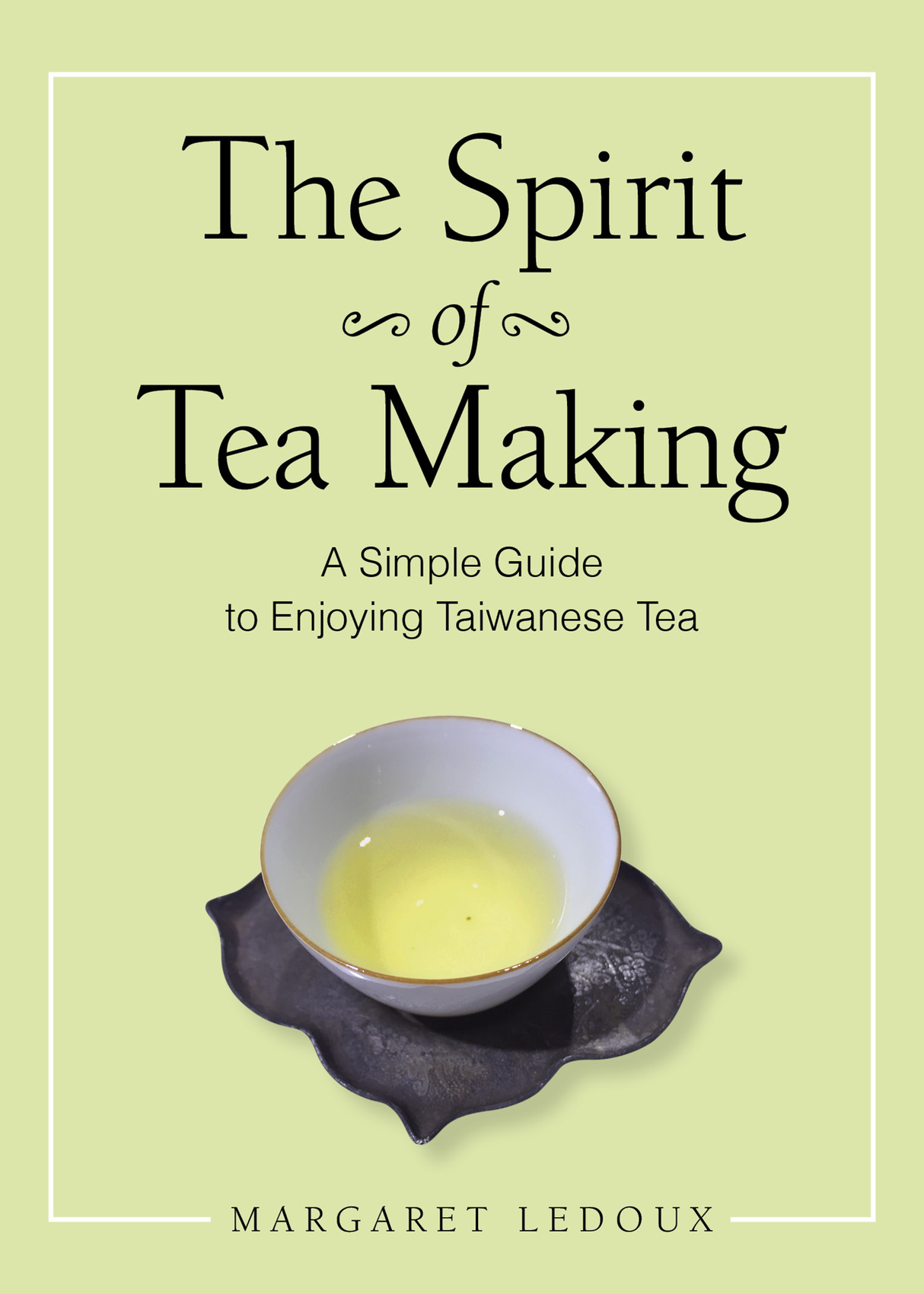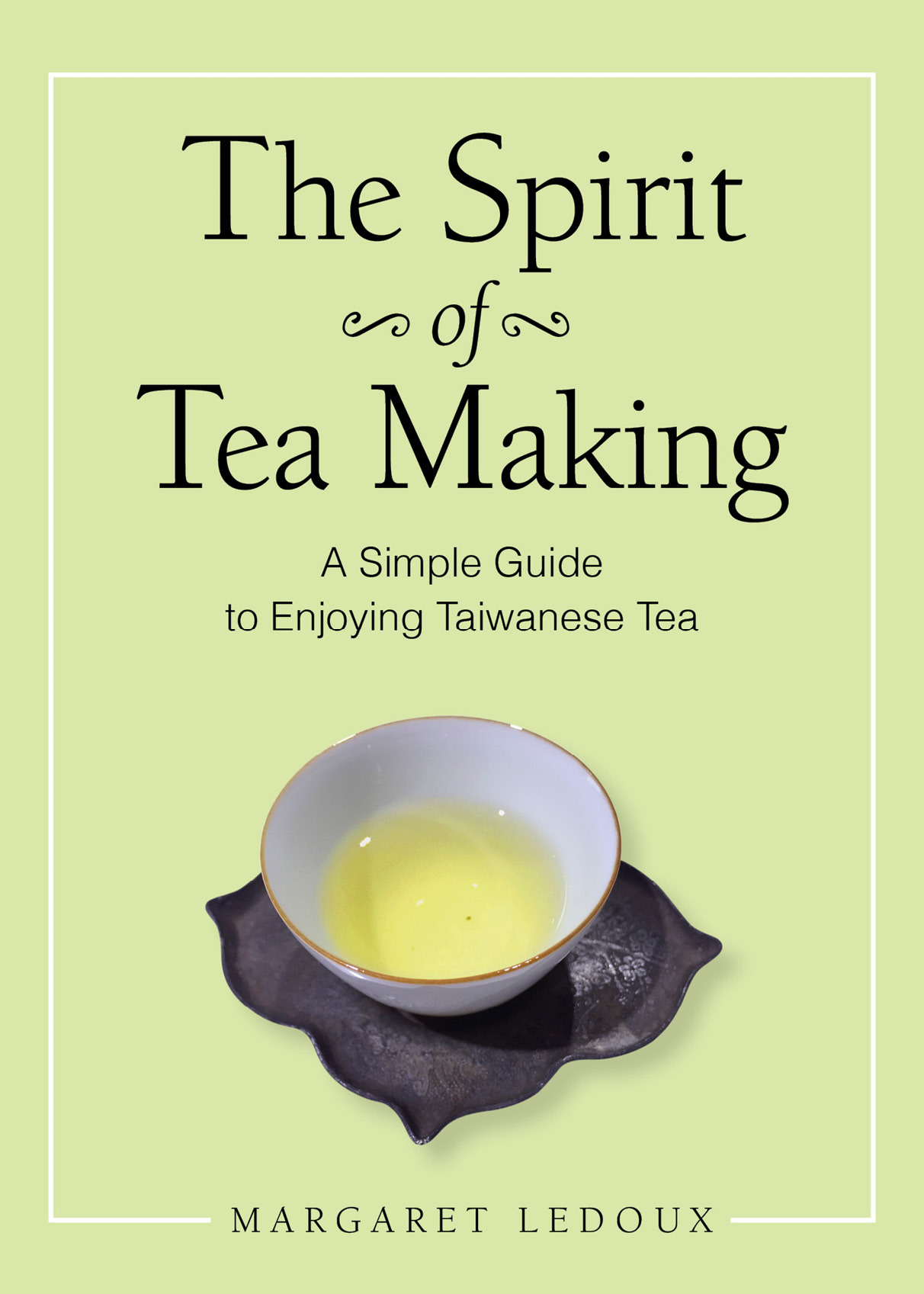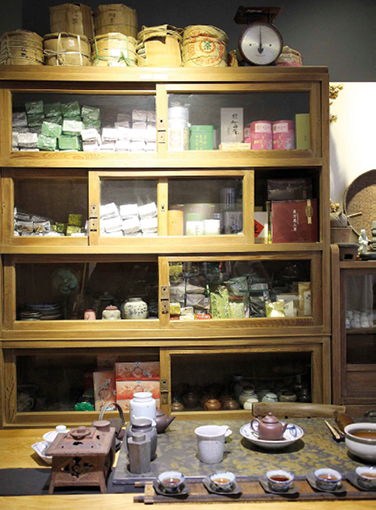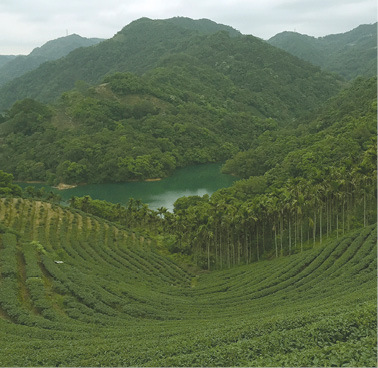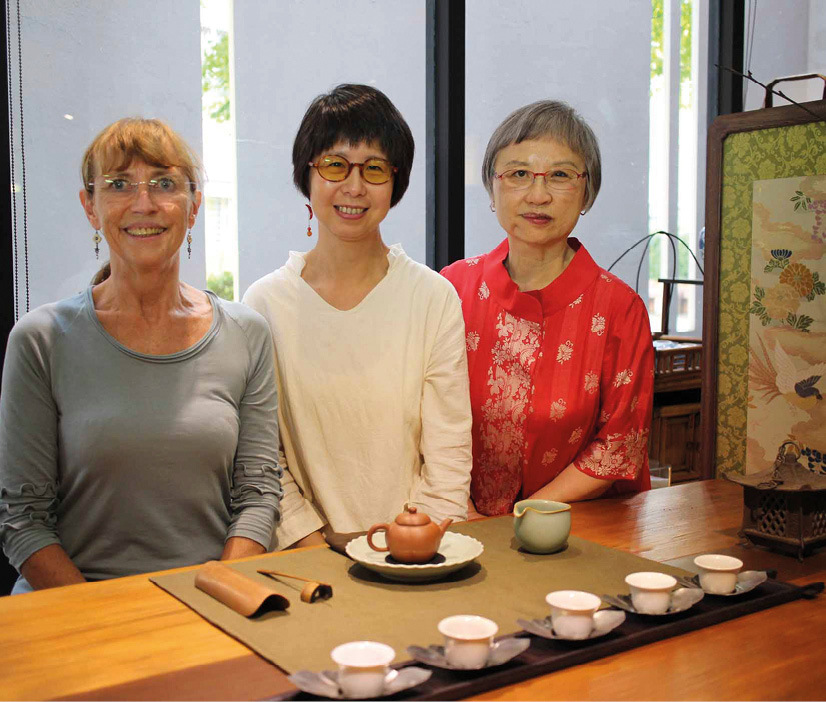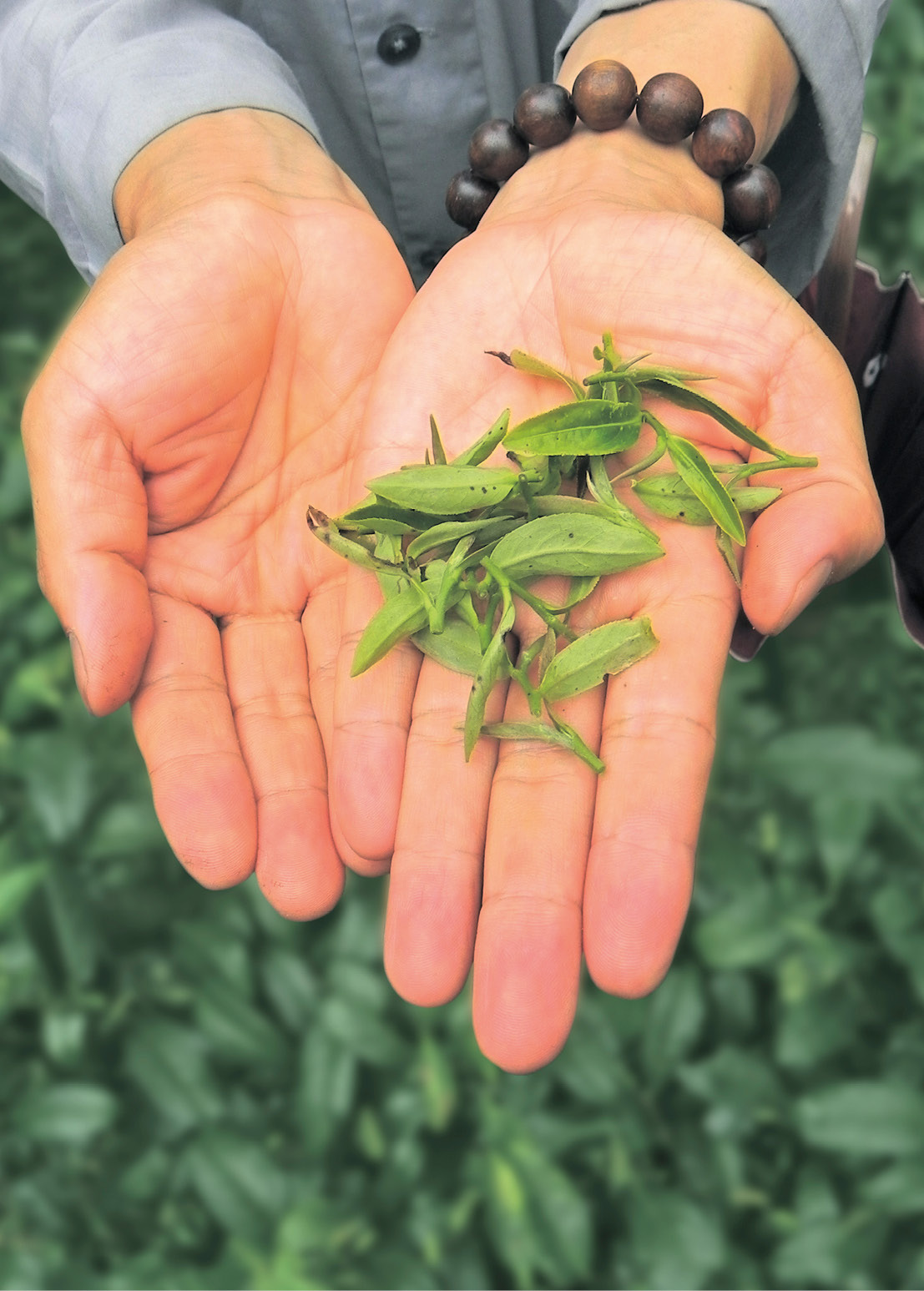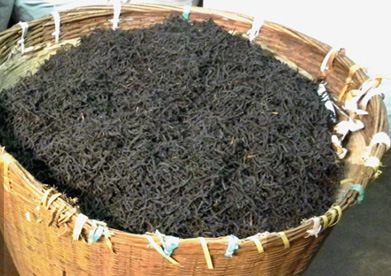Margaret Ledoux - The Spirit of Tea Making: A Simple Guide to Enjoying Taiwanese Tea
Here you can read online Margaret Ledoux - The Spirit of Tea Making: A Simple Guide to Enjoying Taiwanese Tea full text of the book (entire story) in english for free. Download pdf and epub, get meaning, cover and reviews about this ebook. year: 2016, publisher: Publishroom, genre: Home and family. Description of the work, (preface) as well as reviews are available. Best literature library LitArk.com created for fans of good reading and offers a wide selection of genres:
Romance novel
Science fiction
Adventure
Detective
Science
History
Home and family
Prose
Art
Politics
Computer
Non-fiction
Religion
Business
Children
Humor
Choose a favorite category and find really read worthwhile books. Enjoy immersion in the world of imagination, feel the emotions of the characters or learn something new for yourself, make an fascinating discovery.

- Book:The Spirit of Tea Making: A Simple Guide to Enjoying Taiwanese Tea
- Author:
- Publisher:Publishroom
- Genre:
- Year:2016
- Rating:5 / 5
- Favourites:Add to favourites
- Your mark:
The Spirit of Tea Making: A Simple Guide to Enjoying Taiwanese Tea: summary, description and annotation
We offer to read an annotation, description, summary or preface (depends on what the author of the book "The Spirit of Tea Making: A Simple Guide to Enjoying Taiwanese Tea" wrote himself). If you haven't found the necessary information about the book — write in the comments, we will try to find it.
Taiwan, home to the finest quality oolong teas. Often known as grand cru these teas are savoured and prized as if they were the best of wines.
Margaret travelled extensively throughout Asia and has lived for extended periods in South Korea, Taiwan and the Philippines.
It is in Taiwan that she discovered the delicate oolongs and grew to appreciate both their aroma and taste while realizing an accompanying sense of greater well being.
An unmissable guide for all tea lovers.
EXCERPT
In both Britain and France, where I grew up, tea is a classic drink taken black or with milk and sugar or infused with different herbal flavours. An unforgettable four years in Taiwan introduced me to a different approach to tea and tea drinking that I would like to share with you.
The tea ceremony of Japan is well known and appreciated for its precision and beauty of setting and movementsa far cry one might think from the more down-to-earth approach of the British cup of tea or the French herbal infusion. Yet the English, too, developed tea drinking as an important practice either to start the day well, or to calm the nerves after an upsetting experience, or to enjoy socialising in a relaxed and happy environment. In France, in my experience, tea is also considered more relaxing than coffee, to be preferred whenever a soothing beverage is more appropriate.
REVIEWS
This is a treasure of a book and like... the tea tasting, is infused with grace, clarity, strength and beauty. - Mary Chua, tea aficionado
I thoroughly enjoyed reading The Spirit of Tea Making. It made me want to board a plane for Taipei just to taste these wonderful teas that the author so obviously loves. - Reni Singer, Publisher of Tahanan Books
Written with warmth and grace this little guide unites tea lovers across the globe in the simple enjoyment of Taiwans finest oolongs. A delightful read for all tea lovers. - CD Hsu, Bao Cha Tea Boutique, Taipei, Taiwan.
Margaret Ledoux: author's other books
Who wrote The Spirit of Tea Making: A Simple Guide to Enjoying Taiwanese Tea? Find out the surname, the name of the author of the book and a list of all author's works by series.


